
Apr 18 2022
9 min read


Sep
It’s 2023, and the healthcare sector is on the lookout for innovative solutions to enhance patient experience. Recent research shows that directional interruptions cost hospitals approximately $220,000 annually, underscoring the need to streamline communication. In these settings, digital wayfinding has the potential to provide more than mere turn-by-turn directions. Let us go deeper into what that might mean for medical facilities.
Digital wayfinding in hospitals involve using electronic maps and navigation systems to enhance patient, visitor, and staff navigation. This includes a range of e-tools:
Interactive kiosks for easy destination input and searches.
Mobile apps with GPS for real-time guidance.
Digital signage for clear, directional information.
Voice-activated assistants for verbal directions.
Cutting-edge augmented reality systems that use smartphones or AR glasses to provide digital overlays for guidance.
These technologies improve everyone’s experience, making navigation efficient and stress-free.
A digital wayfinding system can greatly streamline hospital operations and communication. Here are five ways to do it.
Wayfinding solutions in healthcare are designed to provide the best and most accessible directional guidance, ensuring that individuals with disabilities can easily navigate hospital facilities, regardless of location. These incorporate accessibility features, including audio instructions that guide users via headphones or speakers.
For instance, a visually impaired individual using a navigation app can receive spoken directions to navigate the hospital effortlessly. Additionally, digital interfaces, such as mobile apps and interactive kiosks, can be equipped with closed captioning or subtitles, ensuring that individuals who rely on written text to comprehend spoken information can access crucial guidance.
Implementing a range of advanced digital wayfinding elements in hospitals can benefit communications in a multitude of ways. Some of the most common uses are:
Digital information kiosks:
Interactive kiosks at vital locations such as hospital lobbies, entrances, outside patient wards, etc., offer real-time information on visiting hours, appointments, wait times, and department directions.
Mobile Indoor Navigation Apps:
A user-friendly smartphone application that uses indoor positioning systems gives detailed navigation assistance, like turn-by-turn directions to destinations within the hospital and search functionalities that allow users to search for specific destinations or doctors’ chambers.
Hospitals can display important directional signage in multiple languages, especially in high-traffic areas like main entrances, elevators, and information desks. For instance, digital directional signs for “Emergency Area” can also include translations in the region’s local and commonly used languages.
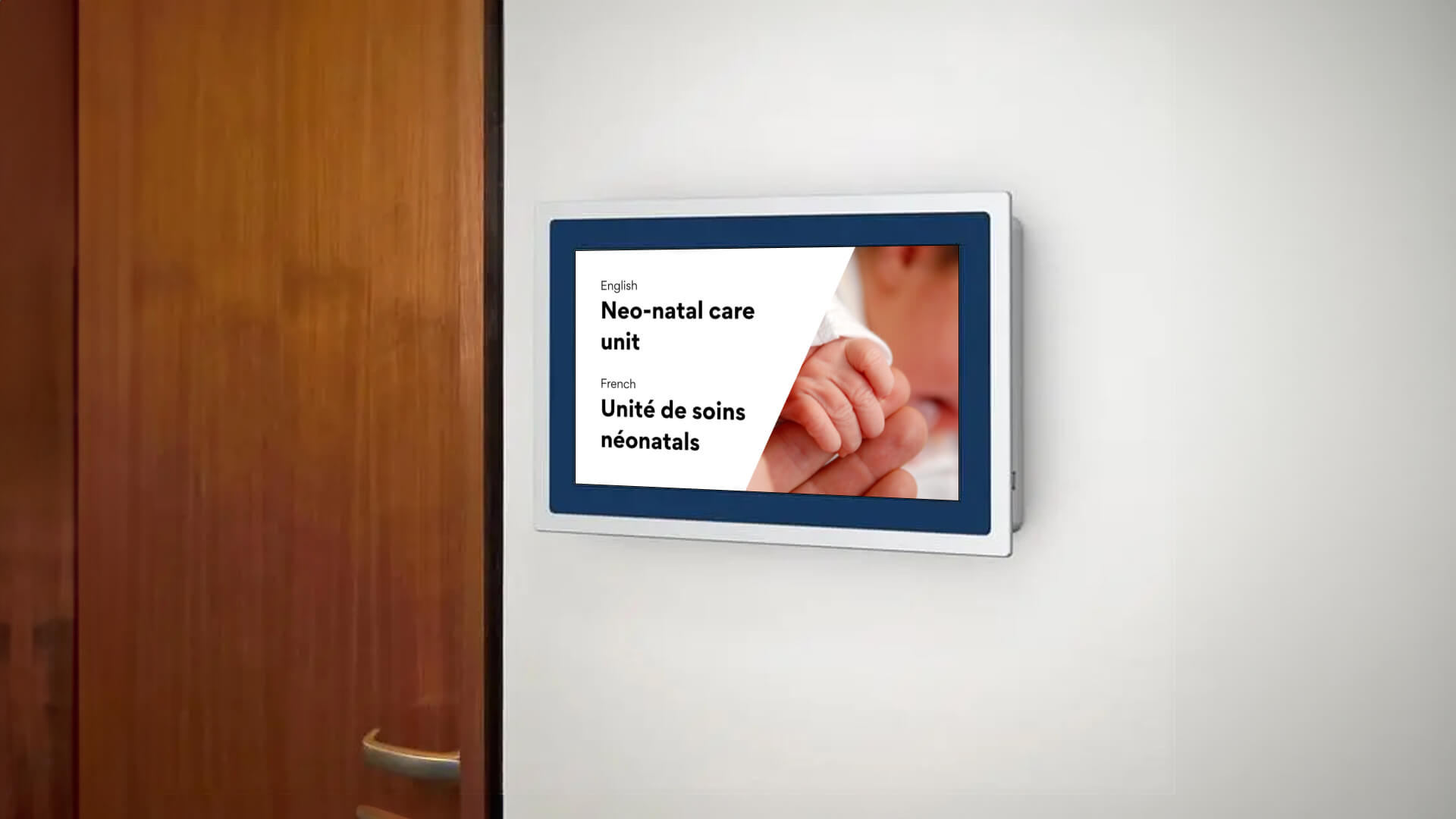
Wayfinding mobile apps can include language settings that allow users to switch between languages. For example, users who prefer to receive directions in French can simply select it as their preferred language within the app settings.
Digital wayfinding systems come equipped with a flash alert feature that shows real-time navigation information in case of an emergency. For example, if a fire alarm is activated, the system can instantly modify directions to direct people to the nearest exits and safe areas. This integration with emergency response measures is critical for ensuring the patients, visitors, and staff’s safety, as it offers clear and current guidance during crucial moments.
Providing one-on-one instructions is no longer a hurdle, with interactive kiosks and voice-to-text enabled wayfinding displays taking the front line in hospital wayfinding signage. Suppose a patient who has just arrived at a healthcare facility is unsure about their appointment location. With digital wayfinding, they can type or speak their destination, such as “Dr. Jack’s office on the 3rd floor,” into the nearest assistance device. Signage algorithms then decipher the query, pinpoint the desired destination, and generate step-by-step directions.
Here are some healthcare facilities in the United States that incorporated digital wayfinding systems into their daily operations.
Johns Hopkins Hospital employs digital signage and kiosks as a wayfinding strategy. These digital tools serve the essential function of aiding individuals, including patients and visitors, in navigating the vast hospital complex. The primary purpose of this system is to facilitate the process of finding specific destinations, such as clinics, departments, and various amenities within the hospital.
These maps showcase the hospital’s layout and provide real-time information about current locations and step-by-step directions to desired destinations. Complementing this, the hospital employs interactive kiosks stationed at critical locations. These kiosks offer touch-screen interfaces that allow users to input their goals or queries. The system uses this to guide through the most efficient route.
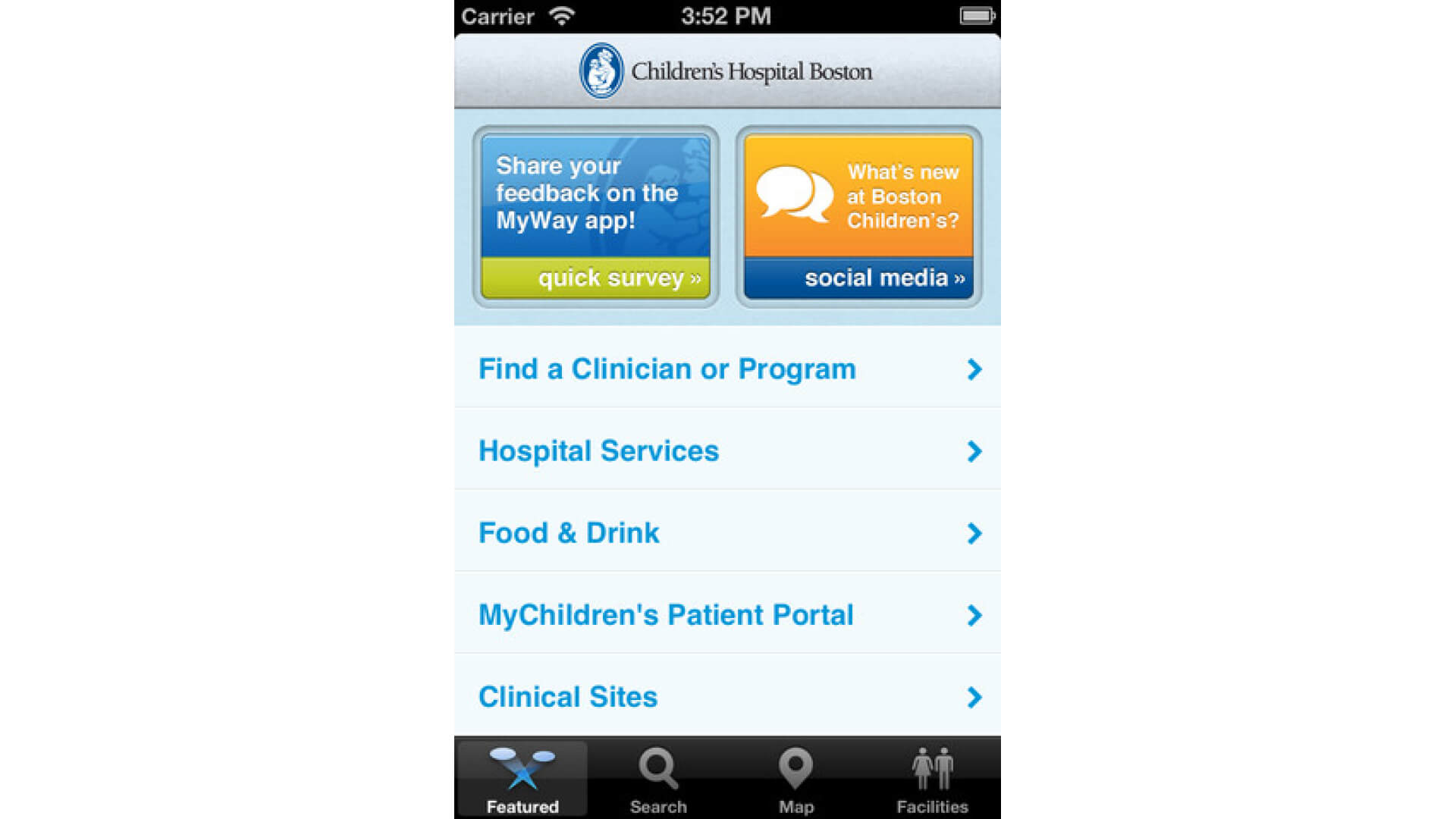
Boston Children’s Hospital has launched a mobile application called “MyWay” to improve the navigation experience for patients and visitors within their facility. This innovative app serves as a digital guide, providing detailed, step-by-step directions and indoor maps to assist users in finding their way around the hospital.
This digital wayfinding app does the following operations to facilitate the hospital’s operations:
Step-by-step directions: Users can input their destination within the hospital, whether a specific clinic, department, or facility. The app then generates personalized, easy-to-follow directions. These directions consider the user’s current location, ensuring accuracy and efficiency in guiding them to their destination.
Indoor maps: The app includes detailed indoor maps of the hospital, allowing users to visualize the facility’s layout. These interactive maps provide an overview of the various floors, corridors, and rooms. Users can zoom in and out to understand the hospital’s layout better.
Real-time updates: “MyWay” often integrates real-time information to keep users updated about any changes within the hospital. For instance, it can provide alerts about temporary closures, construction, or other relevant information that might impact navigation.
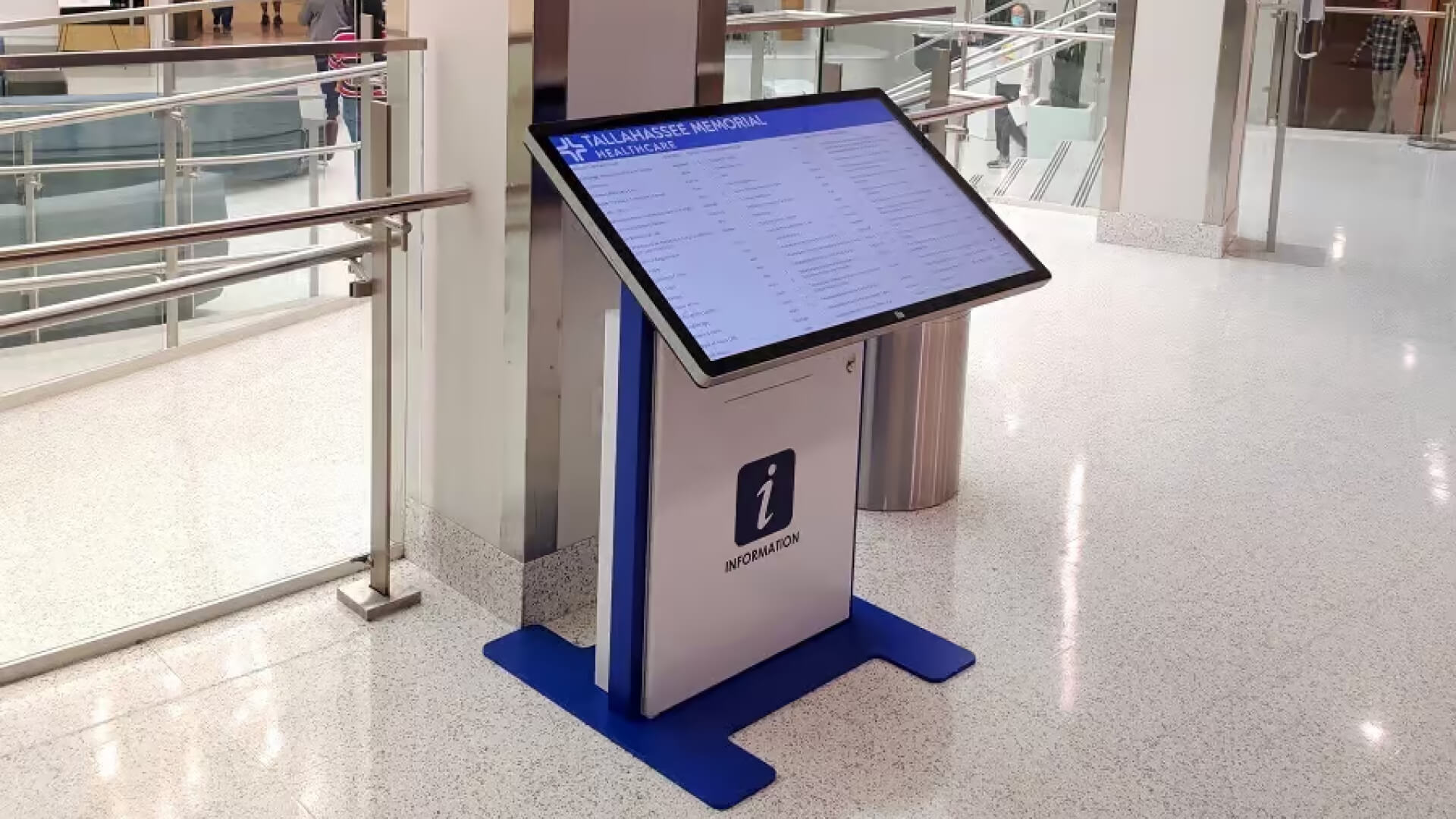
Tallahassee Memorial Healthcare (TMH), a facility with a 772-bed acute care hospital, psychiatric hospital, and various specialty care centers in Florida, installed 13 digital wayfinding kiosks across their premises. With a focus on experience, the kiosks provide intuitive digital directory services, allowing users to locate personnel and offices quickly.
In addition to wayfinding, these kiosks display vital building details, current weather, public health announcements, and comprehensive maps for each floor and hospital campus. They’re also ADA-compliant, adjusting the digital interface to a wheelchair-friendly height when prompted. They also feature dynamic animated navigation paths and contact-less mobile handover options via QR codes that prioritize patient-centered communication and information delivery.
Conclusively, digital wayfinding is an emerging beacon in hospital communications. As medical centers seek to optimize their operations and prioritize visitor satisfaction, integrating such innovative solutions is essential. The future of hospital communications is inevitably digital, and wayfinding is at its forefront.
Take complete control of what you show on your digital signage & how you show it.
Take complete control of what you show on your digital signage & how you show it.
Start Free Trial Schedule My Demo
Apr 18 2022
9 min read
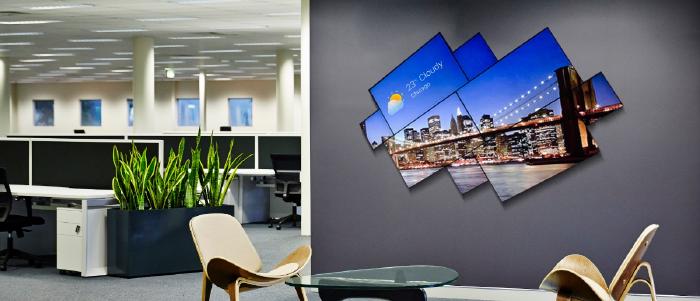
Aug 9 2022
8 min read

Mar 17 2022
13 min read
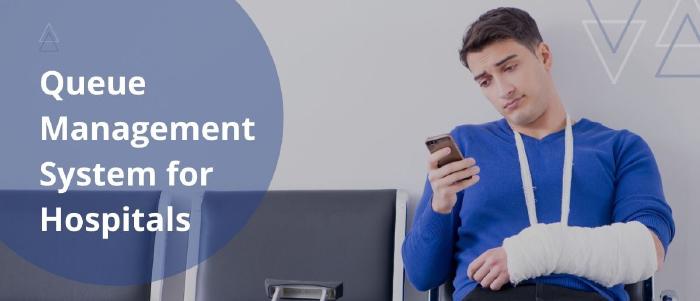
Dec 8 2021
8 min read